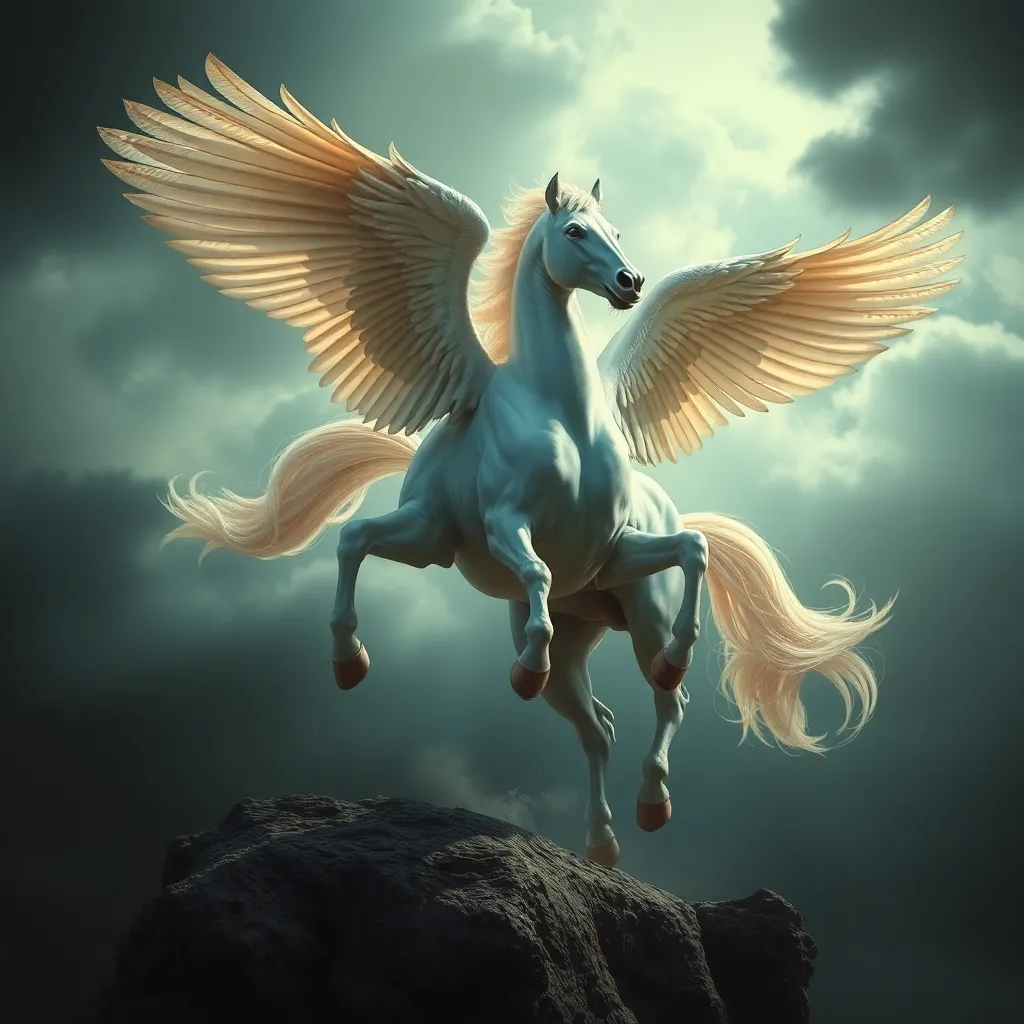The Manticore in Ancient India: Beyond the Lion’s Roar
I. Introduction
The Manticore is a fascinating mythological creature that has captured the imagination of many cultures throughout history. Defined as a beast with the body of a lion, the head of a human, and a tail that resembles that of a scorpion, the Manticore represents a blend of terrifying and majestic attributes. In ancient Indian mythology, the Manticore held significant cultural importance, symbolizing both power and fear.
This article aims to explore the Manticore’s symbolism and cultural impact in ancient India, examining its historical context, physical attributes, literary references, and artistic representations. By delving into these aspects, we can gain a deeper understanding of this intriguing creature’s place in mythology.
II. Historical Context of the Manticore
The origins of the Manticore can be traced back to ancient texts, where it first appeared in Persian and Greek literature. Notably, the creature was described by Ctesias, a Greek physician and historian, in his work “Indica,” which detailed the wonders of India and its exotic fauna. The Manticore fascinated audiences with its fierce nature and hybrid characteristics.
As the Manticore made its way into Indian mythology, it was influenced by these earlier depictions. The melding of Persian, Greek, and Indian narratives led to a unique representation of the Manticore in Indian culture, evolving its imagery through the ages.
III. The Physical Attributes of the Manticore
The Manticore is characterized by a distinct combination of features:
- Lion’s Body: Symbolizing strength and royalty, the lion is often seen as the king of beasts in Indian culture.
- Human Head: This feature suggests intelligence and cunning, representing the blend of animalistic and human traits.
- Scorpion Tail: The deadly tail signifies danger and the potential for harm, embodying the dual nature of the Manticore.
Each attribute carries significant symbolism within the context of Indian culture. The lion’s body represents power, the human head signifies wisdom, and the scorpion tail embodies the balance of beauty and danger. Artistic representations of the Manticore can be found in ancient sculptures and manuscripts, showcasing its terrifying yet alluring nature.
IV. The Manticore in Ancient Indian Literature
References to the Manticore can be found in various ancient Indian texts, where it often serves as a symbol of challenges and moral lessons. In the epics like the Mahabharata and Ramayana, the Manticore may not be explicitly mentioned, but similar creatures embodying fear and strength appear throughout the narratives.
The creature plays a crucial role in storytelling, often representing the trials that heroes must face. Its presence serves as a reminder of the moral complexities in life, akin to the temptations and dangers faced by characters in these epics.
When compared to similar mythological creatures in Indian literature, such as the Naga or the Garuda, the Manticore stands out due to its unique hybrid nature, emphasizing the theme of duality that pervades many mythologies.
V. The Symbolism of the Manticore
The Manticore symbolizes power and fear, embodying the idea that strength can be both a blessing and a curse. Its hybrid nature reflects the duality of existence—beauty intertwined with danger. In Indian culture, this duality resonates with the philosophical teachings of balance in life, where light and dark coexist.
Moreover, the Manticore can be seen as a metaphor for the human condition. Just as the Manticore possesses both regal and fearsome traits, humans navigate a complex existence filled with both virtues and vices. This symbolism invites contemplation on the nature of humanity and the struggles we face in our lives.
VI. The Manticore in Art and Culture
Depictions of the Manticore in ancient Indian art forms, such as sculpture and painting, often highlight its fierce appearance and symbolic significance. Artists historically used this creature to convey themes of strength and the importance of facing one’s fears.
In contemporary Indian art and popular culture, the Manticore continues to inspire artists and storytellers. Modern interpretations may depict the Manticore in various forms, from graphic novels to films, showcasing its enduring legacy. These adaptations reflect the creature’s adaptability in cultural narratives, making it relevant in today’s society.
VII. Comparative Mythology: The Manticore and Other Mythical Creatures
When comparing the Manticore with other mythical creatures such as the Griffin and the Chimera, several similarities and differences emerge. Like the Manticore, the Griffin possesses a hybrid nature, combining attributes of an eagle and a lion, symbolizing strength and majesty.
However, while the Manticore’s symbolism leans towards fear and danger, the Griffin is often associated with guardianship and protection. This contrast highlights the diverse meanings that hybrid creatures can embody across cultures.
The cross-cultural significance of these hybrid creatures emphasizes the universality of certain human experiences, such as the struggle between good and evil, strength and vulnerability. Through comparative analysis, we can learn valuable lessons about the archetypal narratives that shape human understanding of the world.
VIII. Conclusion
In summary, the Manticore holds a significant place in ancient Indian mythology, representing the complexities of power, fear, and the human condition. Its unique combination of attributes and its role in storytelling illustrate the rich tapestry of mythological narratives that have shaped cultural identities.
Reflecting on the enduring legacy of the Manticore, we recognize its impact on contemporary society, where mythological narratives continue to inspire and inform. Preserving these stories is crucial, as they offer insights into the human experience and the values that guide us through life.
Ultimately, the Manticore serves as a reminder of the beauty and danger that coexist in our world, encouraging us to confront our fears and embrace the complexities of existence.




